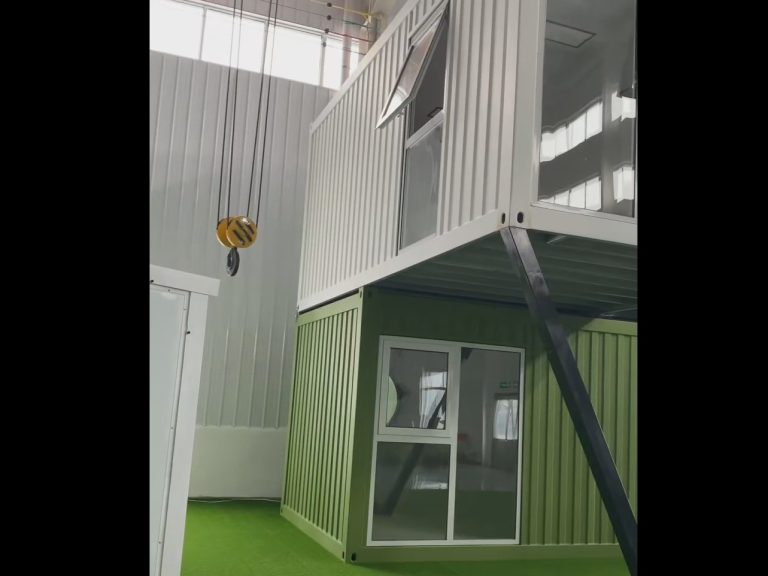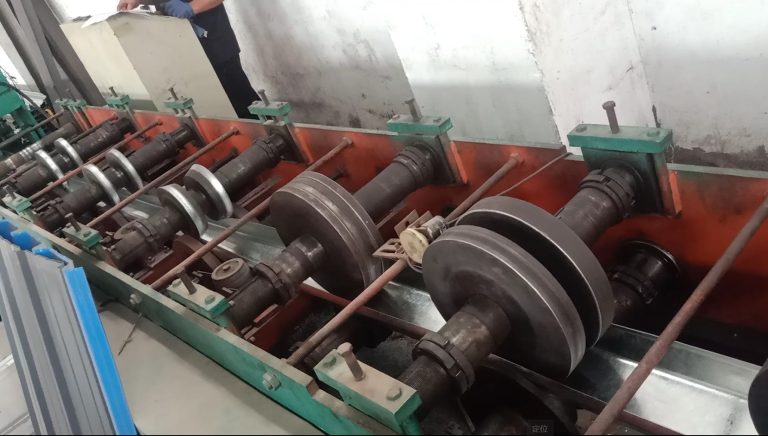Table of Contents
Importance of Safety Management in Steel Structure Bridge Rapid Construction Technology
In the realm of civil engineering, the rapid construction of steel structure bridges has emerged as a pivotal advancement, offering numerous benefits such as reduced construction time and enhanced structural integrity. However, the significance of safety management in this context cannot be overstated. As the pace of construction accelerates, the potential for accidents and safety breaches increases, necessitating a robust safety management framework that prioritizes the well-being of workers and the integrity of the project.
Safety management in steel structure bridge construction involves a comprehensive approach that encompasses risk assessment, hazard identification, and the implementation of safety protocols. By systematically evaluating potential risks associated with rapid construction techniques, project managers can develop strategies to mitigate these hazards effectively. For instance, the use of advanced materials and innovative construction methods may introduce new challenges, such as the handling of heavy steel components or the operation of specialized machinery. Therefore, it is essential to conduct thorough training sessions for workers, ensuring they are well-versed in safety practices and equipped to handle the unique demands of rapid construction.
Moreover, the integration of safety management into the planning phase of bridge construction is crucial. Early identification of potential safety issues allows for the development of contingency plans that can be activated in the event of an emergency. This proactive approach not only safeguards the workforce but also minimizes project delays and financial losses that can arise from accidents. By fostering a culture of safety from the outset, organizations can instill a sense of responsibility among all team members, encouraging them to prioritize safety in their daily operations.
In addition to protecting workers, effective safety management also plays a vital role in ensuring the quality of the construction process. When safety protocols are rigorously enforced, the likelihood of errors and rework decreases significantly. This is particularly important in rapid construction scenarios, where time constraints can lead to rushed decisions and oversight. By maintaining a focus on safety, project managers can ensure that quality assurance measures are adhered to, resulting in a structurally sound bridge that meets all regulatory standards.
Furthermore, the relationship between safety management and quality assurance extends beyond the immediate construction site. Stakeholders, including clients and regulatory bodies, increasingly demand transparency and accountability in construction practices. A strong safety management system not only enhances the reputation of the construction firm but also builds trust with clients, who are more likely to engage with companies that demonstrate a commitment to safety and quality. This trust can lead to repeat business and referrals, ultimately contributing to the long-term success of the organization.
As the construction industry continues to evolve, the importance of safety management in steel structure bridge rapid construction technology will only grow. The integration of advanced technologies, such as drones for site inspections and real-time monitoring systems, can further enhance safety measures, allowing for immediate identification and rectification of potential hazards. By embracing these innovations, construction firms can create a safer working environment while simultaneously improving efficiency and quality.

In conclusion, the importance of safety management in the rapid construction of steel structure bridges is multifaceted, encompassing worker protection, quality assurance, and stakeholder trust. As the industry moves forward, prioritizing safety will be essential not only for the successful completion of projects but also for fostering a culture of excellence that benefits all participants in the construction process. By recognizing and addressing the challenges associated with rapid construction, organizations can ensure that safety remains at the forefront of their operations, ultimately leading to safer, more efficient, and higher-quality bridge construction.
Ensuring Quality Assurance in Steel Structure Bridge Rapid Construction Technology
Safety management and quality assurance are crucial aspects of any construction project, especially when it comes to steel structure bridge rapid construction technology. This innovative construction method has gained popularity in recent years due to its efficiency and cost-effectiveness. However, ensuring the safety and quality of the final product is essential to prevent any potential risks or failures.
One of the key factors in safety management and quality assurance is the use of high-quality materials. Steel is a popular choice for bridge construction due to its strength and durability. However, it is important to ensure that the steel used meets the required standards and specifications. This can be achieved through rigorous testing and inspection of the materials before they are used in the construction process.
In addition to using high-quality materials, proper design and engineering are also essential for ensuring the safety and quality of steel structure bridges. The design of the bridge must take into account factors such as load capacity, wind resistance, and seismic activity. Engineers must carefully analyze these factors and create a design that meets all necessary safety standards.
Once the design is finalized, construction can begin. During the construction process, it is important to have proper safety measures in place to protect workers and prevent accidents. This includes providing workers with the necessary safety equipment, such as helmets, gloves, and harnesses, as well as implementing safety protocols to minimize risks.
Quality assurance is another important aspect of steel structure bridge rapid construction technology. This involves monitoring and inspecting the construction process to ensure that all work is being done according to the design specifications and safety standards. Regular inspections should be conducted by qualified professionals to identify any potential issues or defects that could compromise the safety and quality of the bridge.
In addition to regular inspections, quality assurance also involves testing the completed bridge to ensure that it meets all necessary standards. This can include load testing, stress testing, and other types of performance testing to verify the structural integrity of the bridge. Any issues that are identified during testing must be addressed promptly to prevent any potential risks or failures.
Overall, safety management and quality assurance are essential components of steel structure bridge rapid construction technology. By using high-quality materials, proper design and engineering, and implementing strict safety measures and quality assurance protocols, construction companies can ensure that their bridges are safe, durable, and built to last. By prioritizing safety and quality, construction companies can minimize risks and ensure the success of their projects.






